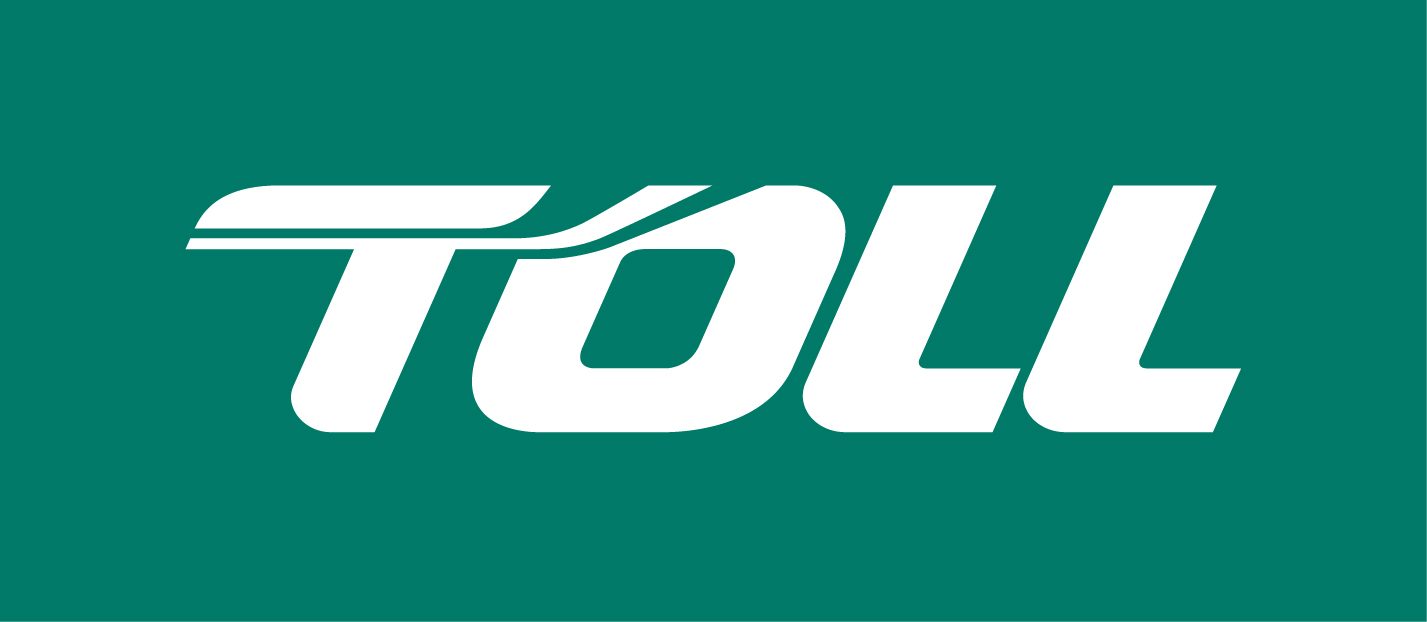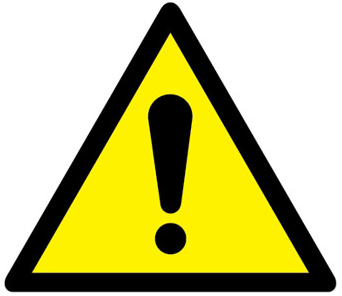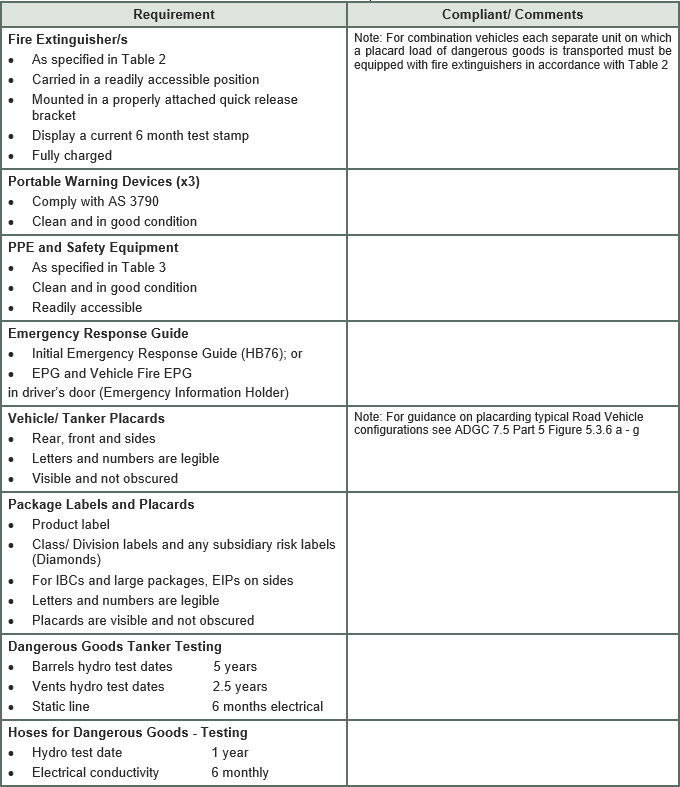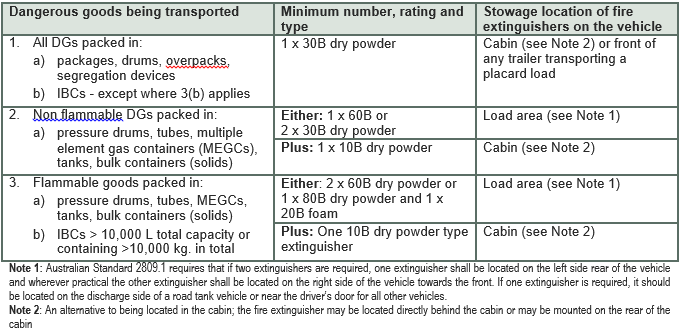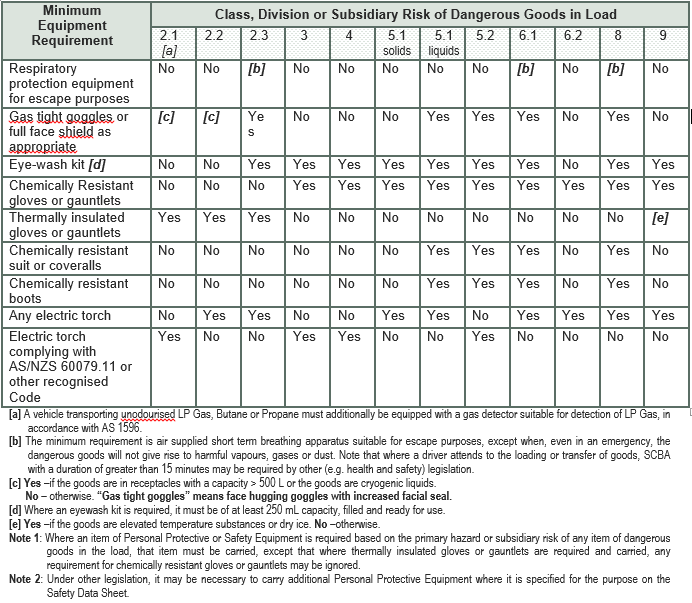Title Page
-
Site conducted
-
shipment ID
-
Driver name
-
Client
-
Name of Client
-
Site
-
Name of Site
-
Conducted on
-
Prepared by
-
Location
-
Personnel
Driver/ Vehicle/ Destination Details
-
Registration Number(s) Truck
-
Destination
-
Destination
-
RFSC Company Name
- Sadliers
- Bishops
- Toll
- Toll Ipec
- Cleanaway
- North West Alliance
- Centurion
- Other
-
RFSC Company Name
-
Trailer Registration Number
-
Trailer 1 photographs, both sides and Rear including trailer Registration Plate
-
Trailer 1 Registration Number
-
Trailer 1 photographs, both sides and Rear including trailer Registration Plate
-
Trailer 2 Registration Number
-
Trailer 2 photographs, both sides and Rear including trailer Registration Plate
-
Trailer 1 Registration Number
-
Trailer 1 photographs, both sides and Rear including trailer Registration Plate
-
Trailer 2 Registration Number
-
Trailer 2 photographs, both sides and Rear including trailer Registration Plate
-
Trailer 3 Registration Number
-
Trailer 3 photographs, both sides and Rear including trailer Registration Plate
-
Departure date
-
Description of Items
Item(s)
-
Safe Driving Plan completed and signed?
-
Manifest / con-notes checked against freight?
-
No visible damage to equipment/freight that may result in dropped objects / loose items in transit
-
If the load “fails” any of the above - the load will need to be rectified prior to departure.
Dangerous Goods
Dangerous Goods
-
Are there Dangerous goods present?
-
Is TEM DG F946 Dangerous Goods Vehicle Inspection Checklist required?
DG information TEM F946
-
Drivers and vehicles are required to be licensed for the carriage of dangerous goods in an individual receptacle with a capacity of more than 500kg or 500L, except:
• In WA a DG vehicle licence is only required if a tank with a capacity of 500L or more forms part of the vehicle.
• There are exceptions that may apply to IBCs. Refer to applicable State/ Territory DG Regulations. -
DG licence number
-
I have been briefed and understand the contents of my load.
-
I have read the Dangerous Goods Manifest.
-
I have an Emergency Information Holder as per the requirements of the ADG Code. Refer to Table 2.
-
I have all appropriate Emergency Procedure Guides or; my vehicle is equipped with HB76 Initial Emergency Response Guide and is placed in the Emergency Information Holder in my vehicle.
-
I will place all Dangerous Goods Transport Documents in the Emergency Information Holder in my vehicle.
-
I have all the appropriate safety and personal protective equipment for the Classes/ Divisions of Dangerous Goods on my vehicle. Refer to Tables 1 and 3
-
All packages are labelled with a product label and the required Class/ Division Labels (Diamonds) and/ or Emergency Information Panels (if applicable) and the labels are legible and in good condition.
-
I have affixed the required placards i.e. Class/ Division Labels (Diamonds) and Emergency Information Panels to the front, rear and sides (if applicable) of my vehicle.
-
My vehicle is licensed and insured to carry Dangerous Goods as required by the relevant Dangerous Goods Act and Regulations.
-
I am the holder of a current Dangerous Goods Licence or if not required to be licensed have received training in the ADG Code and Dangerous Goods Regulations.
-
My vehicle is equipped with fire extinguishers which are in test, along with three double sided reflector portable warning signs, all of which comply with the Australian Code for the Transport of Dangerous Goods by Road / Rail. Refer to Table 2.
-
Dangerous Goods freight is loaded on the trailer(s) as indicated by the trailer number(s) above.
-
Drivers Signature
-
If the answer to any question is no then the vehicle must not enter a public thoroughfare/ leave the premises.
-
I understand that any equipment supplied by Toll to assist me with this load must be returned to Toll at the receiving branch. Failure to do so will result in the replacement cost of this equipment being deducted from my trip payment.
Requirements for Vehicle placarding
-
Table 1: Requirements for Vehicles Requiring Placarding
-
Table 2: Fire Extinguishers on Road Vehicles Transporting Dangerous Goods
-
Table 3: Personal Protective and Safety Equipment on Road Vehicles
-
Inspector’s Signature
-
TEM DG F946 Dangerous Goods Vehicle Inspection Checklist completed for all placard loads.
-
IBC/ Tote labelling, (Good condition, legible)
-
Gates Packaged DG
-
IBC/ Tote placards 2 x EIPs good condition, legible. Must be visible if being used as a trailer placard
-
DG segregated As per ADG 7 compatibility
-
Trailer placards (diamonds/ EIPs)<br>Correct, good condition, located front, back and sides of vehicle. EIP must NOT be OBSCURED behind gates or objects – Clearly visible<br>
-
If the load “fails” any of the above - the load will need to be rectified prior to departure.
Load Restraint
Load Restraint
-
No visible damage or wear and tear; no over centre binders; no knots in lashing; lashing secured to combing rail with hooks; binders show no visible damage; lashings in contact with all freight; head/ tail boards in place where required; cylindrical items suitably braced; adequate amount of load restraint for weight of load, considering use of timber, rubber, angle and blocked/unblocked (refer to NTC Load Restraint Guide).
-
Chains
-
Straps
-
Bolsters
-
Twist locks
-
Gluts (good condition, full width of bolsters/ trailer)
-
No potential dropped objects (check trailer, tyne pockets, freight, bolts, etc)
-
Gates in place?
-
Gated freight to be restrained to the trailer
-
Headboards <br>(Solid headboards for transporting casing)<br>
-
Tubular load?
-
Restraint configured correctly (i.e. each layer of tubular's are choked)
-
Chocks / cradles
-
Headboards <br>(Solid headboards for transporting casing)<br>
-
Total weight of load
-
Total capacity of load restraint
-
If the load “fails” any of the above - the load will need to be rectified prior to departure.
Mass, Dimensions and Verifications
Mass and Dimensions to be completed with driver
-
Does the hauling vehicle’s GCM (Gross Combination Mass) equal or exceed the vehicle combination and load? (Under no circumstances can a vehicle and load combination exceed the powered vehicle’s GCM (GSM as rated by the Vehicle Manufacturer)
-
Vehicle within regulated dimensions for width, height, length and mass?
-
Are combination’s axle-group gross weights within regulation?
-
Verify freight weight with FL operator at point of loading.
-
Vehicle and load combination’s COG (Centre of Gravity) positioned at the lowest practicable point?
-
If the load “fails” any of the above - the load will need to be rectified prior to departure.
Verification by 2 x Inspectors. All items checked and passed, Items failed have been rectified prior to leaving yard.
-
First Check
-
Name and Signature of first checker
-
Second check
-
Signature of second checker (can be driver)
